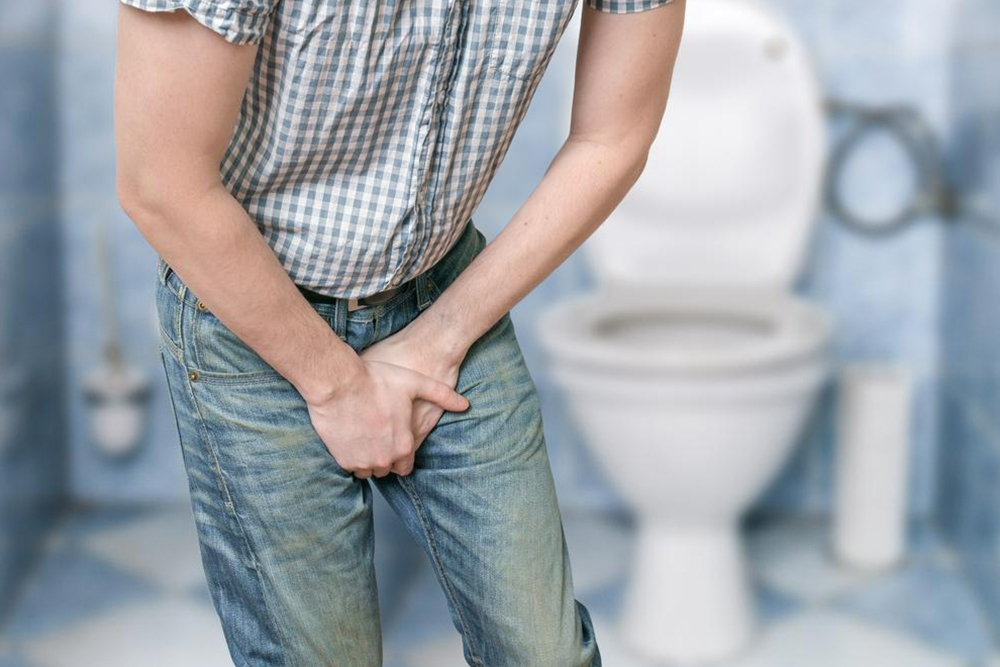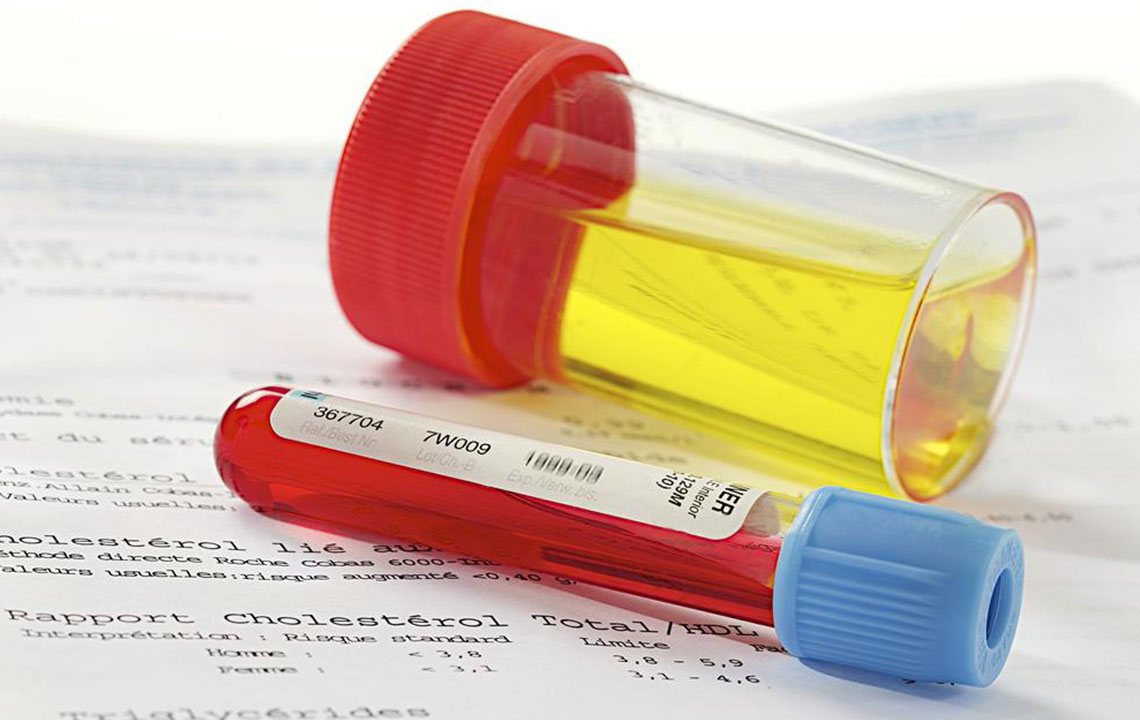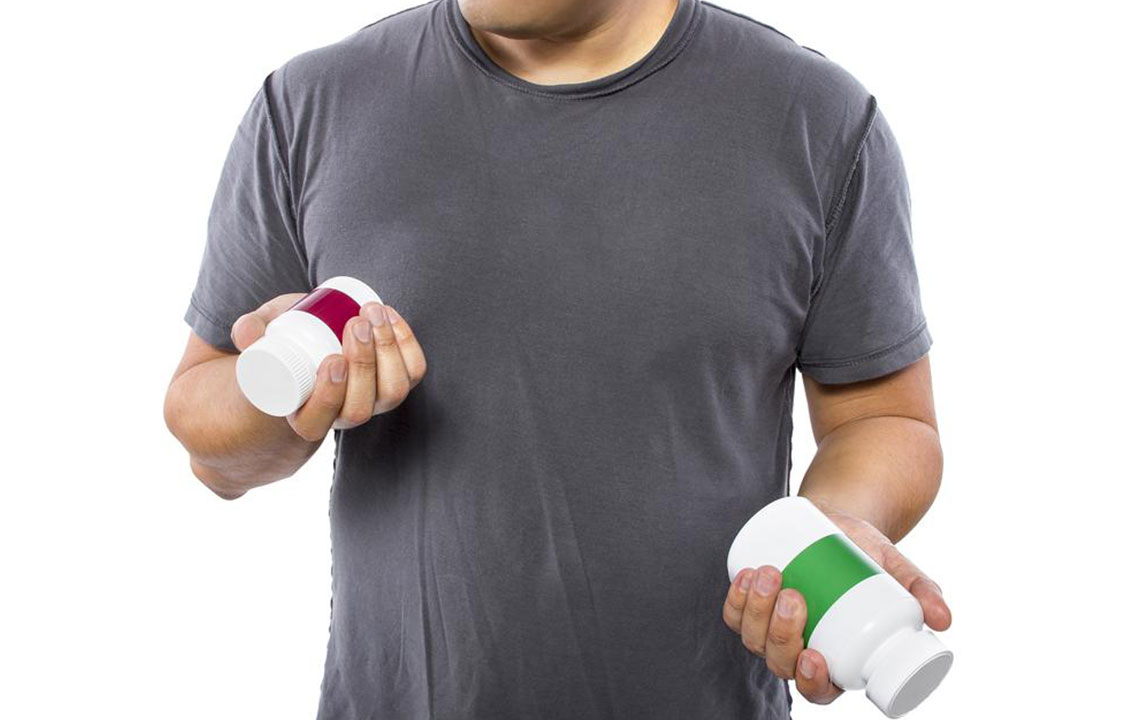Comprehensive Guide to Urinary Incontinence: Causes, Types, and Effective Treatment Strategies
Urinary incontinence affects many, from minor leaks to severe issues. This comprehensive guide covers causes, types, home remedies, medications, and surgical options. Learning about these treatments can help individuals regain bladder control and improve quality of life through tailored strategies for different incontinence types. Early intervention and lifestyle changes are key to managing this common condition effectively.

Comprehensive Guide to Urinary Incontinence: Causes, Types, and Effective Treatment Strategies
Urinary incontinence is a prevalent medical condition characterized by the involuntary leakage of urine. Its occurrence can impact individuals of all ages but is particularly common among older adults and women who have undergone childbirth. The condition can result from various physiological, neurological, or environmental factors, making its management complex. Recognizing the underlying causes and understanding the different types of urinary incontinence are crucial steps toward effective treatment and improved quality of life.
Urinary incontinence can range from minor, occasional leaks to severe, persistent leakage that significantly hampers daily activities. It can be distressing and lead to social withdrawal, emotional distress, and skin issues. Fortunately, a variety of treatment options exist, from lifestyle modifications and pelvic exercises to advanced surgical procedures. Tailoring the right management strategy depends on accurately diagnosing the type and severity of incontinence.
Understanding the Types of Urinary Incontinence
The primary categories of urinary incontinence are distinguished by their causes and the mechanisms involved:
Stress Incontinence: This form occurs when physical activities that increase intra-abdominal pressure, such as coughing, sneezing, laughing, lifting heavy objects, or vigorous exercise, trigger urine leakage. It often results from weakened pelvic floor muscles or damaged urethral sphincter muscles, commonly following childbirth, surgery, or aging.
Urge Incontinence: Also called reflex incontinence, this type involves a sudden, intense urge to urinate followed by involuntary leakage. It’s often associated with overactive bladder muscles, neurological disorders, or infections. Women may experience this especially during sexual activity or when they are sleeping.
Overflow Incontinence: This condition is characterized by the continual dribbling of urine due to incomplete bladder emptying. It typically occurs when the bladder cannot fully empty because of nerve damage, bladder outlet obstruction, or weakened bladder muscles. This leads to overfilling and leakage.
Functional Incontinence: This form arises when physical or mental impairments prevent timely access to the toilet, rather than bladder problems itself. It is common among the elderly or individuals with mobility issues, cognitive impairments, or neurological disorders.
Mixed Incontinence: As the name suggests, this is a combination of stress and urge incontinence. Many patients experience symptoms of both types simultaneously, necessitating a comprehensive treatment plan tailored to both conditions.
Managing Urinary Incontinence at Home
Many individuals can successfully manage mild cases of urinary incontinence through lifestyle modifications and targeted exercises. These non-invasive strategies are often the first line of defense and can significantly improve symptoms:
Kegel Exercises: These pelvic floor strengthening exercises help to reinforce the muscles that support the bladder and urethra. Regular practice can reduce leakage, especially in stress incontinence. To perform Kegel exercises, contract the pelvic muscles as if trying to stop urine flow, hold for several seconds, then relax. Repeating this multiple times daily enhances muscle tone.
Bladder Training: Establishing a scheduled voiding routine helps to increase bladder capacity and reduce urgency. Gradually lengthening the interval between bathroom visits trains the bladder to hold urine longer, thereby decreasing accidental leakage.
Double Voiding Technique: This involves urinating, then waiting a few moments and attempting to urinate again. It assists in fully emptying the bladder and prevents overflow incontinence.
Weight Management and Diet: Maintaining a healthy weight reduces pressure on the bladder and pelvic floor muscles. Limiting caffeine, alcohol, and bladder irritants can also decrease symptoms.
Medical Treatments for Urinary Incontinence
If lifestyle changes are insufficient, medical interventions may be necessary. Several medications and therapies can help control symptoms by addressing the underlying causes:
Medications: Anticholinergic drugs are commonly prescribed to calm overactive bladder muscles, reducing urge incontinence. Topical estrogen creams may strengthen vaginal tissues, support the urethra, and are especially beneficial in postmenopausal women.
Electrical Stimulation: Techniques like pelvic floor electrical stimulation can improve muscle strength and nerve function, providing symptom relief for many patients.
Botulinum Toxin (Botox): Injections into the bladder muscle can help relax overactive muscles, reducing symptoms of urge incontinence.
Surgical Options for Severe Incontinence
For patients who do not respond to conservative treatments, surgical procedures offer effective solutions:
Sling Procedures: Sling surgeries involve placing a mesh under the urethra to provide support, preventing leaks during physical activity. This is one of the most common treatments for stress incontinence.
Colposuspension: This surgery lifts and secures the bladder neck and urethra upward, restoring normal function and preventing urine leakage.
Artificial Urinary Sphincter: An implanted device that mimics the functioning of a natural sphincter to control urine flow, usually reserved for severe cases or neurological incontinence.
Bladder Augmentation: In cases of overactive or poorly compliant bladder, enlarging the bladder capacity can help improve continence.
Preventive Measures and Lifestyle Tips
Preventing urinary incontinence involves maintaining a healthy lifestyle and addressing modifiable risk factors. Regular exercise, avoiding smoking, controlling chronic diseases like diabetes, and performing pelvic floor exercises are key strategies. Early medical consultation when symptoms appear is essential to prevent worsening of the condition.
Understanding urinary incontinence and exploring various management options enable individuals to regain control over their bladder and improve their overall well-being. Consulting healthcare professionals for personalized assessment and treatment planning is crucial for successful management.





